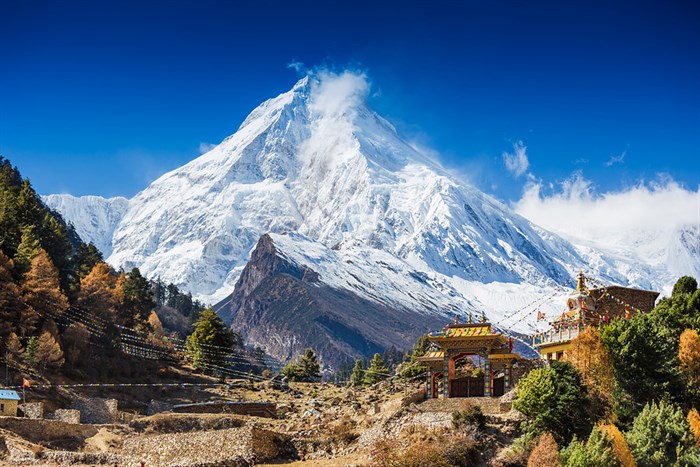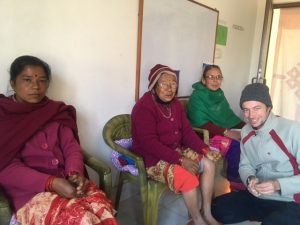At the start of my study acupuncture integration medicine in 2009, I already knew that I wanted to help out in areas where the facilities, as we know them in the Netherlands, are less obvious.
Nepal has the third lowest health care per person in the world. Outside the cities, doctors are scarce and facilities are difficult to reach, especially in the countryside and in mountain areas. And when there are doctors, many cannot afford to pay for them.
I do not charge a fixed price for the work in my practice. You can give the ammount of money what feels right for you, as long as it is given from the heart. “But how can you provide for yourself and also travel to a distant country where you get paid nothing for your services?” Whoever does well will receive well is my thought. And power of thought is stronger than you think! Everything that is given above a certain amount for a treatment, I keep separate for trips like these.
January 2017, I did voluntary work for almost a month as an acupuncturist at a project of Chokgyur Lingpa Foundation. This organization has a number of clinics in the Kathmandu valley where medical care is made adequate for those who cannot afford it. The organization provides sustainable healthcare and health education.
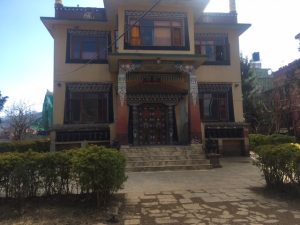
The clinics also serve as a training ground for new Tibetan medicine practitioners, acupuncturists, massage therapists and paramedical practitioners from local communities to ensure sustainability in the future. There are also medical interpreters who gain experience here, ensure that patients are heard properly, treated with dignity and to facilitate the work of the practice.
Through this form of care, which started in November 2008, the organization provides low-cost medical assistance at four full and part-time clinics in the Kathmandu valley. The organization is committed to providing direct care, training and education in healthcare where it is most needed, for those who have the least; sharing skills, giving a sense of dignity, empowering common disorders to help themselves, and supporting the local economy, which works as well as care.
I enjoyed contributing a little to the acupuncture medical facilities and giving something so that people can try to keep themselves fit and healthy with Qi Gong, pressure point massages and moxa when external medical assistance fails.
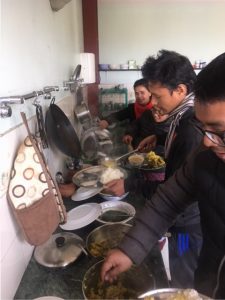
During the treatments I was supported by local interpreters, who received a fair contribution for their efforts. I was happy that not only words were translated, but also body language. Non-verbal expressions in Nepal are different than in Dutch culture. For example, a “yes” with a nodding head is indicated from right to left. The shorter and faster the movement, the more convincing the “yes”. Over time, I began to understand the expressions better and better. This allowed me to quickly treat 5 to 10 patients per hour in the same room. That way I could help a large number of people a day who had come from far away and didn’t have to go home disappointed because there was no time or place. There was no treatment by appointment. The rule is there: who comes first, who first serves.
With most acupuncturists in the Netherlands, time and privacy are part of the quality of the treatment they offer. I choose that too. In my practice I treat 1 or 2 patients per hour by appointment. People here often do not want to lie in the same room with needles, while their neighbor or neighbor tells stories and gets punctured.
The organization is largely dependent on volunteers. Doing volunteer work means you have to free up time, regardless of where and how you are going to help. You give a piece of yourself without expecting anything in return.
Nepal is a third world country. As a volunteer you sometimes work in circumstances that you may not be used to from home. Sometimes there is no electricity and only cold water, no toilet paper, no supermarket nearby and you cannot drink from the tap. You also see a lot of poverty around you or you pick up from conversations with the locals that they are having a hard time.
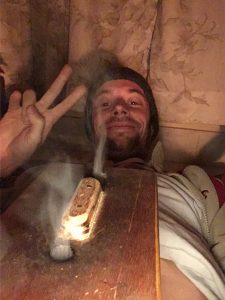
I only had a hard time when I was completely soaped in the shower and the water suddenly stopped flowing. I was very happy I had water close to home. I was also struggling for the umpteenth night in a row with clothes and hat on under three layers of blankets in bed shivering with cold because there was no heater. And once when I had contracted food poisoning and squatted over a hole in the ground for one night, I dangled with a bucket in front of me between my knees. I will save details of this last mentioned incident. I do want to say that although I felt as weak as a dishcloth the next day, I was able to laugh about it. Even when it ran out on two sides … Oh, and that I could treat my diarrhea with acupuncture, herbs, a wooden box filled with burning moxa on my stomach, which also added extra warmth. Oops, details shared anyway ?
What enlightened me were old ladies in their 70s who walked for more than two hours to the clinic because there are no or few means for other types of transport. Or simply because it is an inhospitable area where the bus cannot go. They came on foot while suffering from pain, with a smile and sometimes with a traditionally made dish to thank the practitioner. Great, at least it did me a lot, every time. What a perseverance.
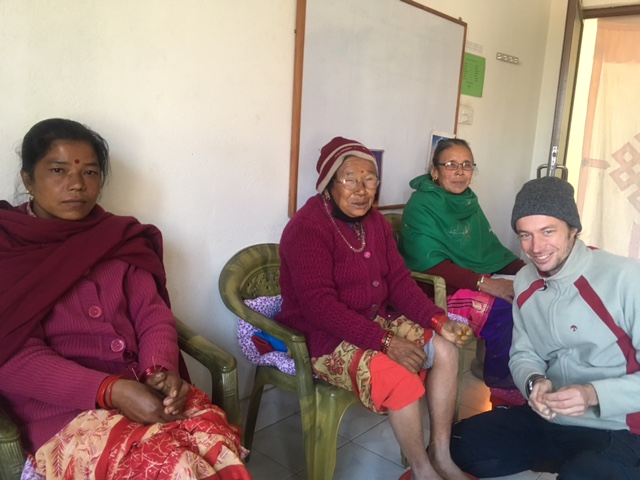
The most common complaints that I treated during my stay were neck, shoulder and back pain, joint disorders, neuropathic pain (nerve damage) due to heavy work or diabetes and high blood pressure.
Remarkably many women with neck complaints. This is partly due to the fact that in house construction, stones with large pockets on the back, hanging with a band on their heads, are worn mainly by women. The men usually scoop the cement and put the stones in the pockets, which leads to more shoulder and lower back problems.
In the meantime I am again exercising my passion in Leiden in my own practice. The view of the Himalayas exchanged for the familiar flat landscape.
